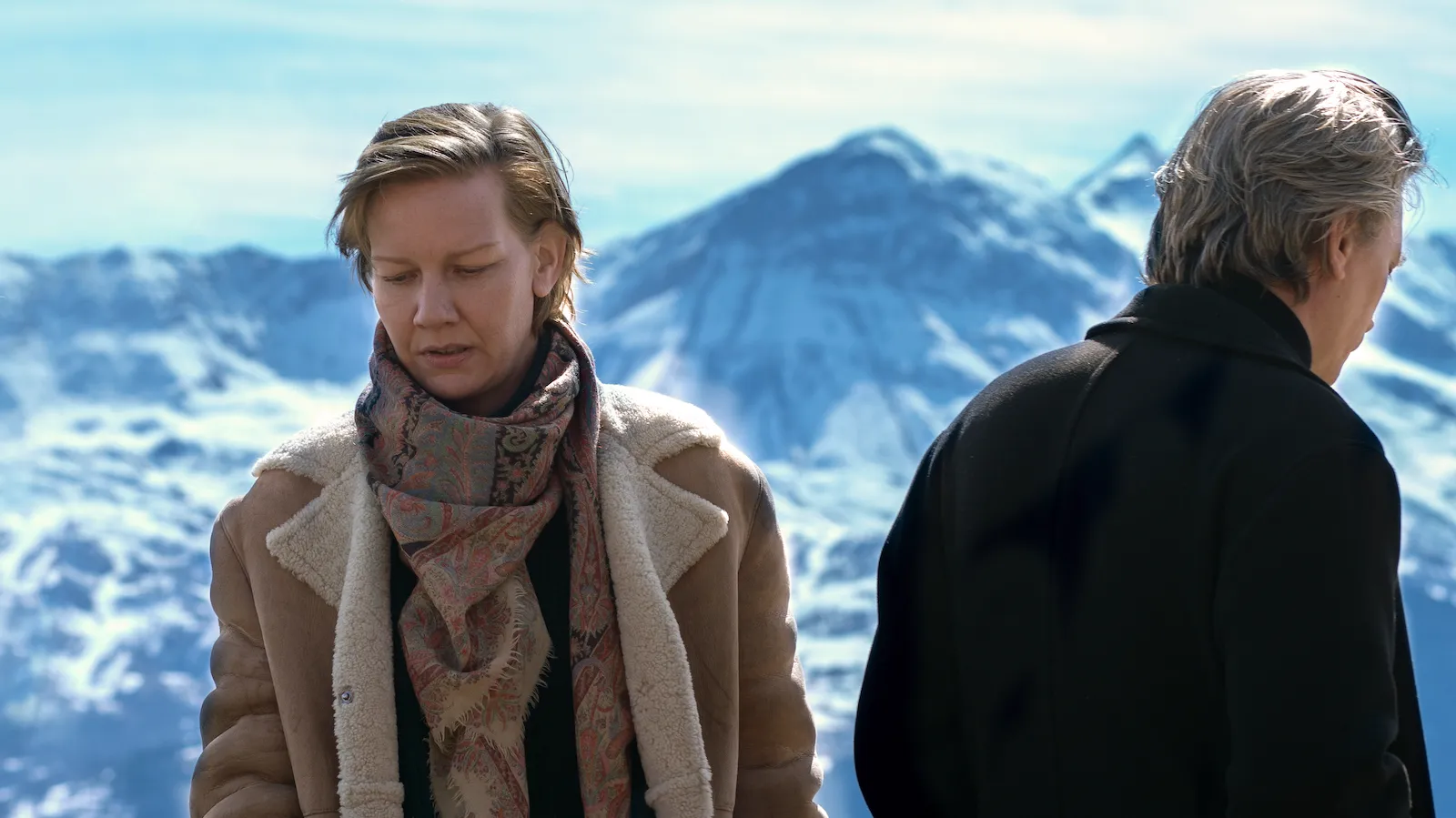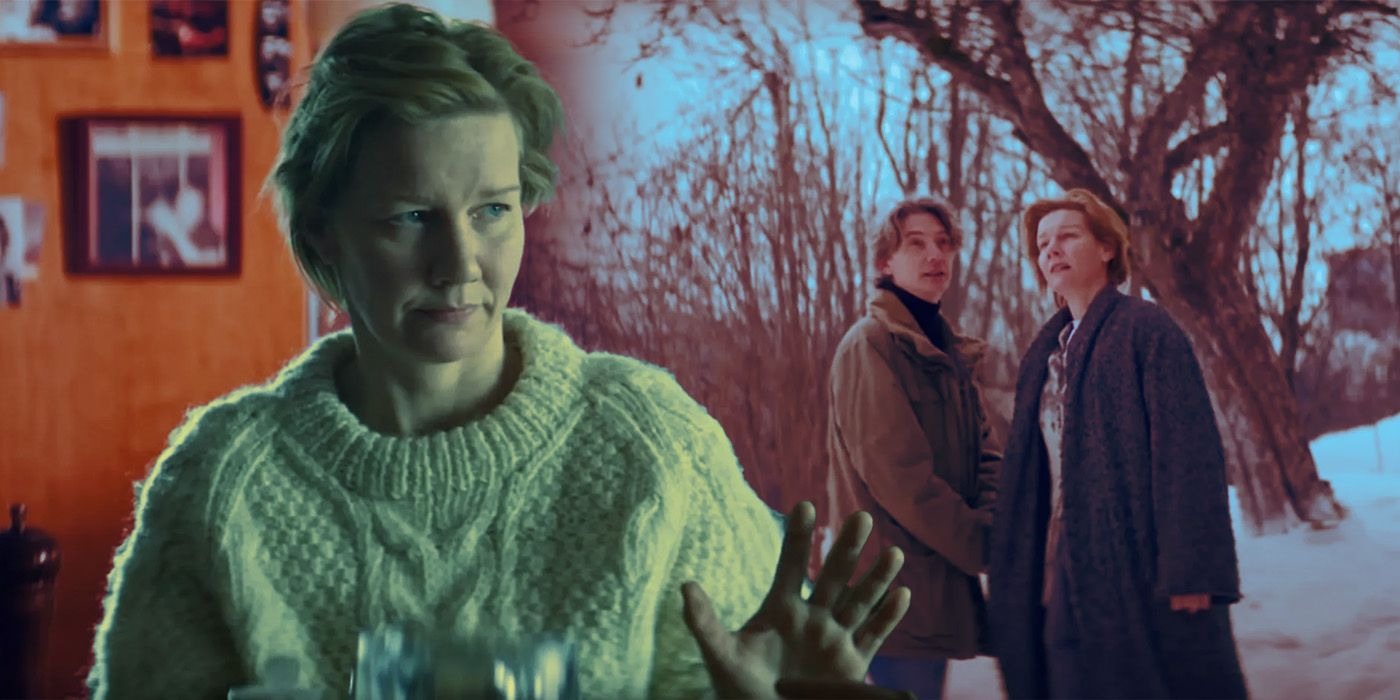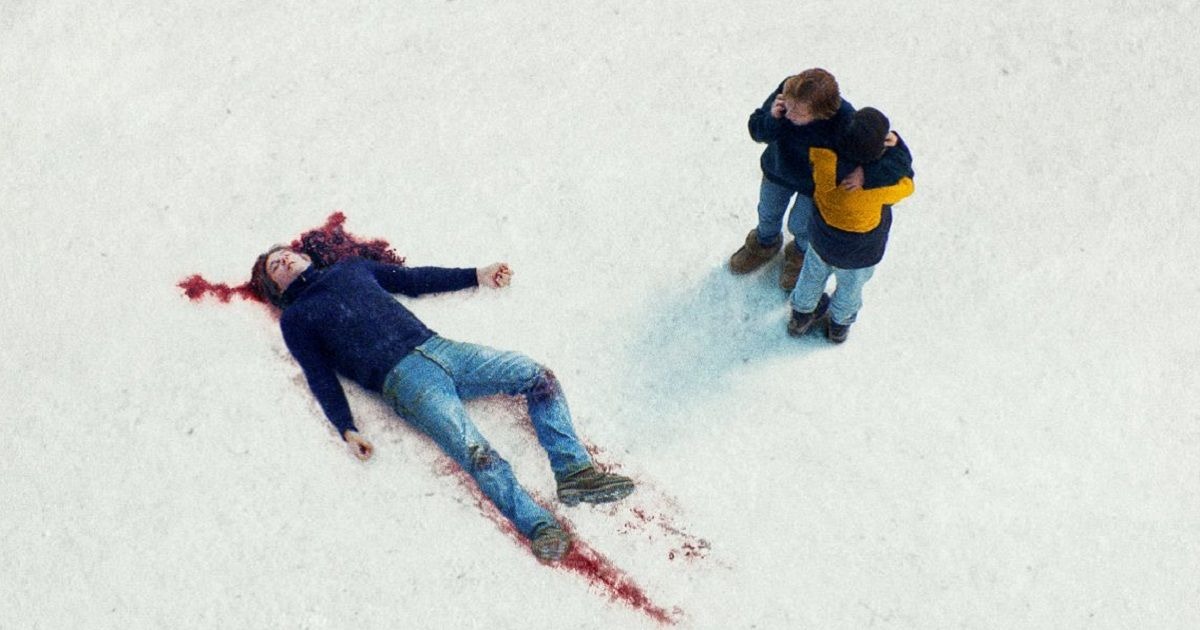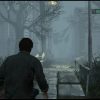Justine Triet’s French courtroom thriller, Anatomy of a Fall, possesses a certain quality that has deeply resonated with audiences. The film has earned a nomination for Best Picture at the Oscars, while Triet herself has been recognized in the directing and original screenplay categories.
Given the film’s strong direction and outstanding performances, this comes as no surprise. It also delivers a powerful conclusion that leaves viewers with lingering questions. Without a forensic expert at your disposal, breaking down the film’s chilling ending might seem like a challenge.

Is Sandra Guilty or Innocent in Anatomy of a Fall?
To refresh your memory, Sandra Voyter (played by Sandra Hüller, an Academy Award nominee for Best Actress) is a German novelist living in a secluded chalet in France with her husband.
Her husband, an aspiring writer Samuel Maleski (Samuel Theis), and their 11-year-old son, Daniel (Milo Machado Graner, who gives a remarkable performance despite his character’s visual impairment).
When Samuel’s lifeless body is discovered on the icy ground outside their home, Sandra becomes the prime suspect. The relationship between the couple was tumultuous, raising the question: was it an accident, suicide, or murder?
With no witnesses—Daniel was out walking the family dog, Snoop, at the time—the responsibility of determining the truth falls on the court and, by extension, the audience.
The Case for Guilt
During the trial, troubling details about Sandra and Samuel’s marriage come to light. Sandra held Samuel responsible for the accident that led to Daniel’s blindness, while Samuel accused her of plagiarising his work.
The jury also listens to an explosive argument recorded by Samuel shortly before his death—allegedly intended as writing inspiration—where they clash over Sandra’s extramarital affairs, their family responsibilities, and Samuel’s frustration over his stalled literary career.
Adding to the tension is Samuel’s repeated playing of an instrumental version of “P.I.M.P.,” which could be seen as his small act of rebellion. Could these ongoing conflicts have pushed Sandra to the edge?
The Case for Innocence
On the other hand, could Samuel’s fall have been purely accidental? Sandra insists he was a careful worker, yet forensic experts argue that the blood splatter patterns do not support that theory. Sandra’s legal team, led by the charismatic Vincent Renzi (Swann Arlaud), presents an alternative explanation: suicide.
Samuel had recently stopped taking his medication, his writing career was at a standstill, and Sandra recalls an incident where she found vomit on the floor, suggesting he had attempted to overdose on aspirin months before his death. However, since they never discussed it in detail, this theory remains speculative.
How Does Anatomy of a Fall Conclude?
The courtroom drama builds towards a gripping final act, where Daniel’s testimony introduces new insights. Just before the trial reaches its conclusion, the judge announces a brief recess before Daniel provides his statement. The young boy appears deeply unsettled by the recorded argument and its revelations.
During the break, Daniel confides in his court-appointed guardian, Marge (Jehnny Beth), revealing that he needs emotional space from his mother. Determined to test a theory, he experiments—he feeds Snoop some aspirin.
Panic sets in when the dog collapses, but he and Marge manage to make Snoop vomit in time, with some unintended help from Siri’s advice to “feed it saltwater.” As he observes Snoop’s reaction, Daniel recalls that the dog had fallen ill around the same time Samuel allegedly attempted suicide.
He begins to wonder if Snoop had ingested his father’s vomit and been poisoned by the aspirin. This realization strengthens his belief in Sandra’s version of events. A crucial moment follows when Daniel, still grappling with uncertainty, seeks guidance.
Marge offers him thought-provoking advice, telling him that when faced with doubt, one must decide what feels true. This statement carries weight as Daniel prepares to take the stand.
During his testimony, Daniel describes his aspirin experiment and asserts that while he cannot accept the idea that his mother killed his father, he can believe that his father took his own life. To support this belief, he recalls a conversation he once had with Samuel during a visit to the vet.
His father had told him that although Snoop loved him dearly, the dog would not always be there. This remark, which Daniel now interprets as a farewell message, sways the court’s perception. Sandra is acquitted.
The film concludes with mother and son returning home, though a sense of unease lingers between them. Later, as Sandra sleeps on the sofa, Snoop leaves Daniel’s side and joins her, offering a subtle but poignant ending.
Breaking Down Anatomy of a Fall’s Final Moments
Triet’s direction masterfully changes between different perspectives, making it difficult to determine whether events are being shown as they happened or as characters remember them. This technique leaves the truth about Samuel’s death ambiguous.

Had the film provided a clear-cut answer, it would have been far less compelling. Even Sandra Hüller herself was not told whether her character was guilty—Triet simply instructed her to play the role as if she were innocent.
From a personal viewpoint, it seems highly unlikely that Sandra murdered Samuel. More plausibly, Daniel, sensing that the case was going poorly for his mother, deliberately shaped his testimony to support the suicide theory.
This interpretation adds depth to the film, portraying the justice system’s tendency to scrutinize women in troubled marriages.
It also serves as a powerful arc for Daniel—by choosing to believe in his mother’s innocence, he convinces the court to do the same. Graner’s powerful performance during the testimony, combined with the way Triet presents Daniel’s memory of the vet visit, reinforces this perspective.
Of course, alternate theories exist. Did Samuel purposely stage the situation to frame Sandra before ending his own life? Could Daniel himself have played a role in his father’s death? Or, in a more absurd twist, was Snoop somehow involved?
The brilliance of Triet’s film lies in how it suggests that the answers to these questions might not matter. People define reality through the stories they tell, and Daniel, raised by two writers, constructs a version of events convincing enough to achieve his desired outcome.



